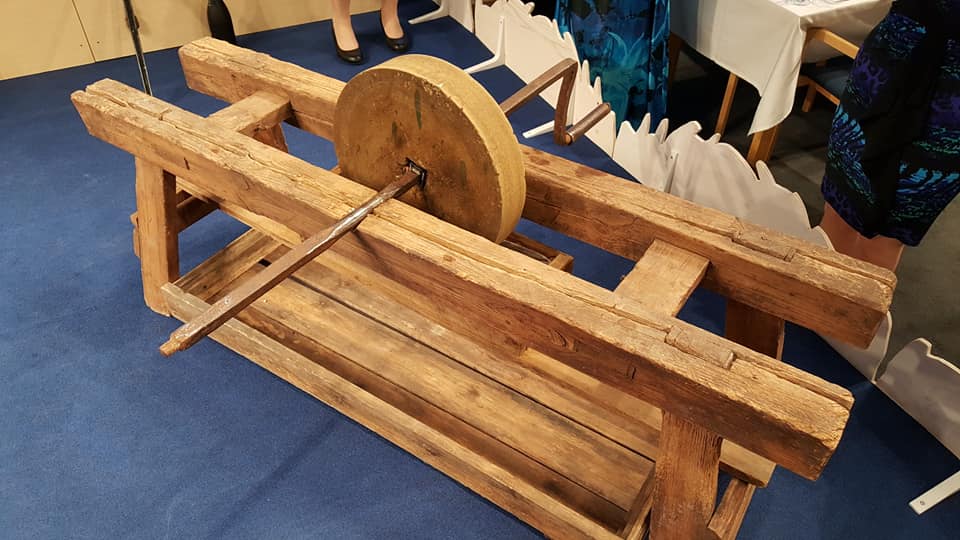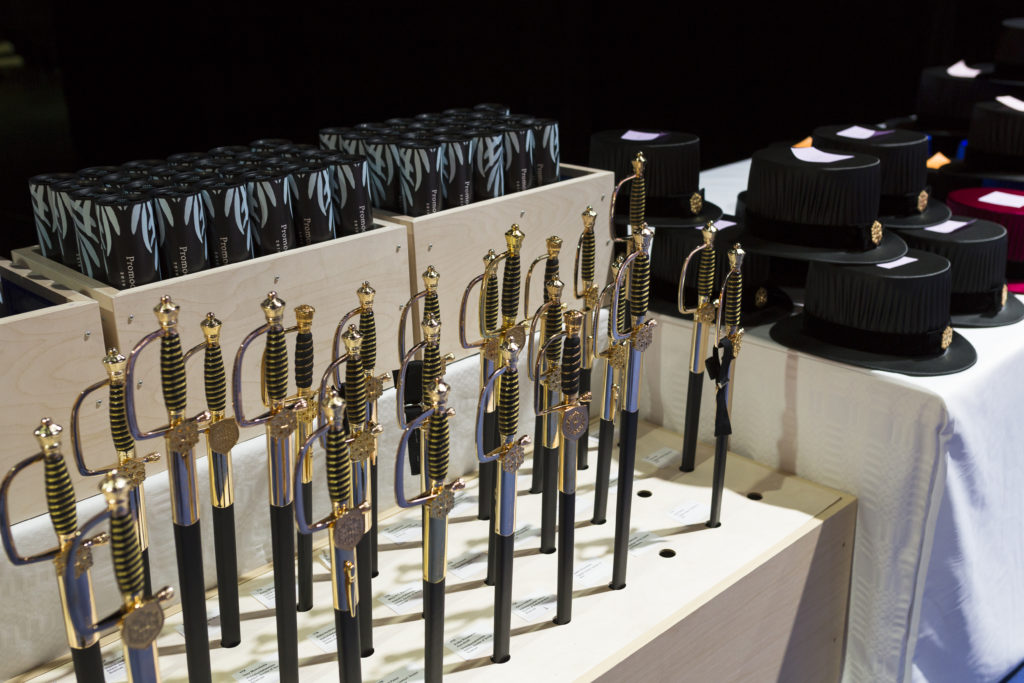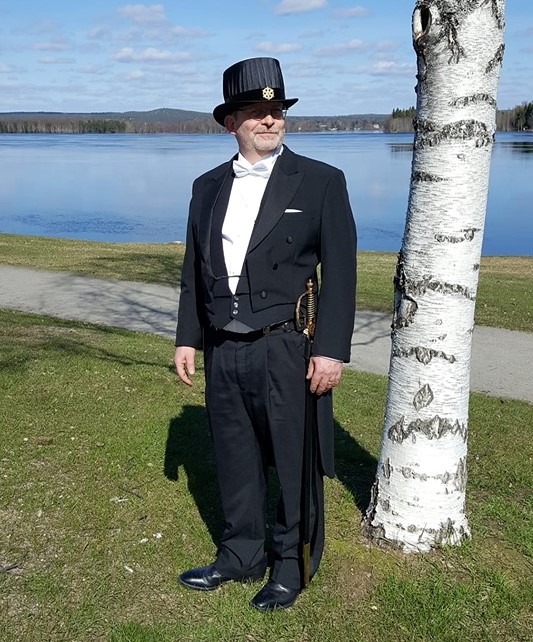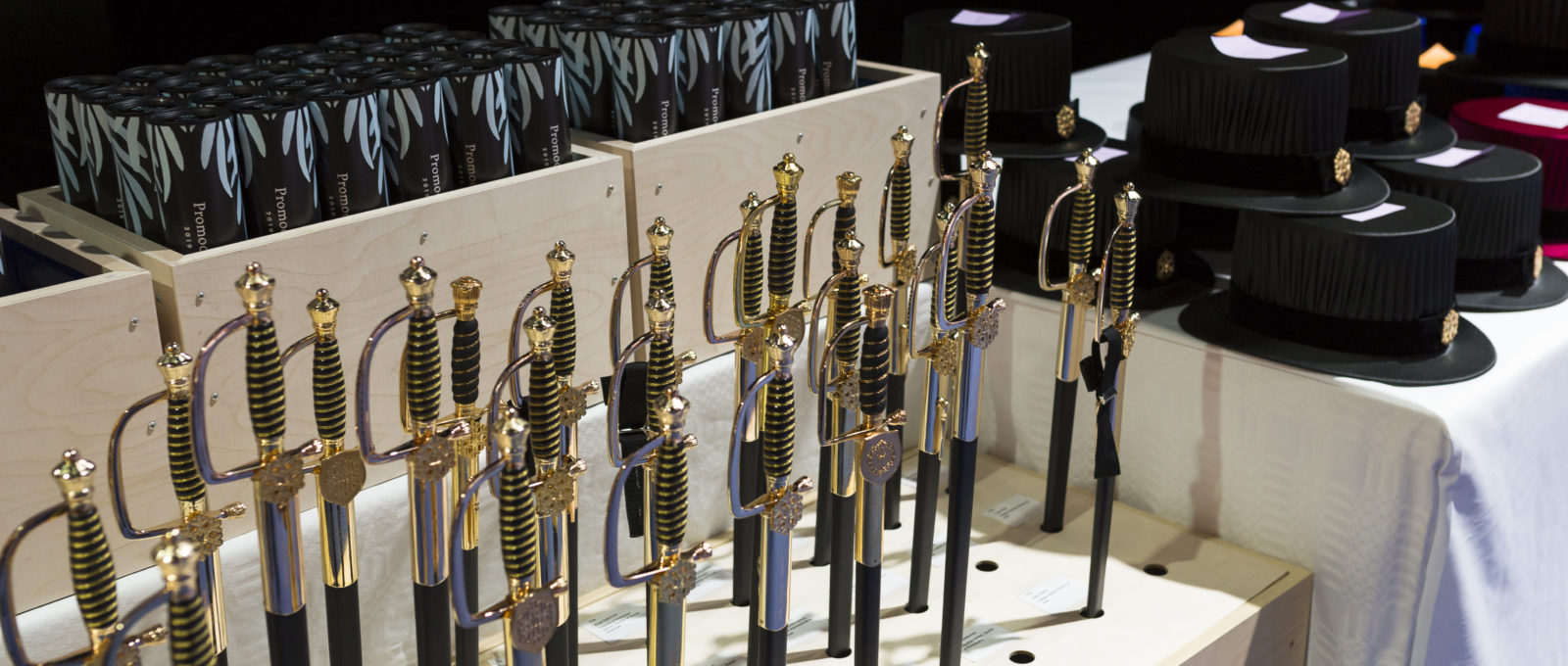From writing your own PhD research proposal to receiving your own doctoral sword (yes, really!), doing a PhD in Finland offers many challenges and surprising turns. Find out all about them in this overview article.
Doing your PhD in Finland: How to get in
The Finnish PhD system is fairly simple, but steeped in tradition. You need a master’s degree or equivalent to be accepted for study. If you choose your own PhD topic, you submit a research proposal to a university that specialises in your area, and once your application has been reviewed they accept or reject you.
Of course, there are PhD positions available on established research projects that are advertised on media sites and educational platforms, and these would entail a formal application +/- interview.
Your application should convince the university of the need for study in your area, and of your own suitability to carry out the research. So, having a ‘track record’ is very important when proposing new lines of independent research, whereas showing potential in your field of study is perhaps more important if you are going to join an established research team.
The first steps towards my PhD
I based my research proposal on my previous research and publications. Ideally, you will contact a professor in your field who will help direct the proposal, but in my case there were no specialists in the country. I am a trans-disciplinary educationalist and specify in ‘scientific communication’ (how we as scientists, academics and professionals share our work with each other) as opposed to ‘science communication’ (how we share our results with more public audiences). So, I pressed on alone and selected my institution based on the published interests and research groups of the university. The basic application form was 5 pages, and was sent with a motivation letter, an 8 page research plan, CV and certificates.
Supervision and funding
The university appoints a supervisor based on their closeness to your field, so it is more difficult to forward new ideas and research themes if they do not align with existing expertise or interests. Funding for a PhD in Finland may be provided for established research projects in terms of scholarships. If you propose your own topic, it is normally self-funded or will require you to find external funding. Finland does not charge tuition fees for EU applicants.


My PhD journey
Between starting your PhD programme and handing in your dissertation, the PhD journey is different for everyone. As a confession, I did my PhD not for the award, but rather as a means to conduct the research.
Various military strategists have viewed that ‘the first casualty of war is the battle plan’, and this was certainly true in my case. My initial research showed that a bigger issue existed than that which I had outlined in my proposal, so my research direction changed to answer more fundamental questions and to fill important gaps in our knowledge. Overall, I think this allowed me to develop as an independent researcher and to produce a more novel knowledge contribution. However, it also showed me that when we undertake unique research, we often become solo researchers in our PhD journey. Seeing the work through to the end requires perseverance, but it also makes us experts in our field, moving our discipline forward.
While many are aware of ‘science communication’, there was very little attention being paid to how we communicate science among ourselves, and especially the role that conferences play in knowledge dissemination. I had rapidly become accustomed to the raised eyebrows people gave when I said I was researching conference posters, but as I explored and developed the evidence, it became clear that my initial feelings as to their neglected role and significance were well-founded .


Challenging popular opinions and the academic status quo on this topic was not easy, and I had to undertake a range of activities to get my message ‘out there’. On reflection, whilst my original topic would have served to earn me a PhD, I think the final thesis made a far more meaningful contribution and provided a baseline for promoting cultural change in my area. Importantly, I feel that it underlined the need for scientific communication to be seen as a focal area of study across disciplines, and to develop our conference activities into forming a new ‘academic currency’ beyond the ubiquitous staple of journal publication.
Dissertation and coursework for a PhD in Finland
In Finland (and many other countries), a dissertation may be a monograph thesis or a thesis based on publications (3-4 published articles plus a summary thesis of around 100 pages). The PhD or doctoral degree is the equivalent of 240 ECTS points (1 ECTS point is equal to 25-30 hours of study in the EU). Of those, the dissertation accounts for 180 ECTS and the remaining 60 ECTS are awarded for general and advanced studies. My dissertation consisted of 4 published papers plus the summary thesis, but many universities accept 3 published papers. Normally, conference proceedings papers will not count towards your dissertation, although this will depend on your discipline and institution. It is obligatory to meet the full ECTS requirements to receive a PhD.
From dissertation to defence
When your thesis is ready, it is pre-examined internally during a ‘Grand Seminar’ and evaluated by a faculty thesis panel. If approved, it is sent out for external review, usually to one national expert and one international expert. Students can suggest reviewers, but must not have contact with them. External examiners pass comments, suggest revisions, and make a recommendation as to whether the thesis should proceed to a public defence.
A digital copy of the PhD is made available to the public online 10 days before the defence date, and the event is publicized in local and national media. A printed copy of the thesis is placed in the University foyer for anyone to read (I think some Scandinavian countries still physically nail a copy to the noticeboard!).
Defending your thesis: Bring extra stamina!


The defence proceedings are run by the ‘Custos’, who is usually the candidate’s supervisor. The thesis is examined by an external ‘Opponent’ who is considered an expert in the field and selected in agreement between the candidate and their supervisor. Anyone can attend the public defence.
Usually, the Custos opens proceedings. The candidate presents their thesis in a ‘Lectio praecursoria’, then the Opponent offers their critical evaluation. In principle, it is an academic exchange and discussion of the work that has been done, but it can become quite heated, so the role of the Custos is to moderate proceedings and protect their candidate. The minimum duration of a defence is two hours, with up to four hours the norm, but up to 6 hours is permitted. At the end, the floor is opened to the public and they are free to ask questions.
Finnish PhDs are graded. The grading panel (Opponent and usually the academic who led the internal pre-examination) retires to recommend whether the defence has been successful and to grade the thesis from 1 (sufficient: performance meets the minimum criteria) to 5 (excellent: outstanding performance with only minor errors).
Celebrating with a traditional ‘karonkka’ dinner
In the evening, the new Doctor is obliged to host a formal dinner (karonkka) for their Opponent and Custos, and any number of further guests. The karonkka takes place in a private dining area or specially rented ‘kabinet’. Seating protocols, a prescribed order of speeches, individual dietary requirements … it is quite nerve-wracking to arrange, regardless of the number of invited guests! Dress is formal evening wear.


For my own karonkka, guests were given a champagne welcome, followed by an appetizer of King Crab Salad with fennel, apple & spring onion, and a hot crab broth. The main course consisted of Chicken Milanesa with horseradish, capers & grilled lime, served with Lappish potatoes in dill butter, oven-roasted root vegetables & green salad. White and red wines were served with the meal, and it is a requirement that as guests of honour, the Opponent and supervisor’s glasses are never allowed to be empty!
After the formal part of the dinner, it is custom for the guests of honour to retire. The host then entertains the remainder of the guests until the evening is done.
Becoming a REAL PhD in Finland: Getting your hat and doctoral sword at Conferment
Although you have been awarded your PhD, you are not considered a fully-fledged doctor until you have undergone the official ceremony of Conferment. How do you tell if someone is conferred? Well, on university occasions such as thesis defences or awards ceremonies, those who have not undergone conferment are not entitled to actually wear their PhD hats, and must carry them instead (a sort of ‘hat-shaming’!).


As well as their doctoral hat, new PhDs are awarded their doctoral sword at conferment. In preparation for this special distinction, a sword-whetting ceremony takes place on the evening before conferment. New doctors dress in formal dinner suits, bringing with them the sword that they will be awarded the next day. After a formal dinner, each doctor is invoked to sharpen his sword on a large grindstone turned by the Rector and the sword-whetting party. The graduates offer a short speech of what the sword means to them as a symbol of defending knowledge and pledge for their future as a new doctor.
Hats in all colors


On conferment day, new doctors dress in formal tailcoats and are presented with their sword, hat and diploma of conferment. The basic hat colour is black, but may vary for specific fields. Doctors of Fine Arts use dark blue, Doctors of Law use crimson, Doctors of Medicine and Dentistry use dark green, Doctors of Military Science use grey, Doctors of Music use sky blue, and Doctors of Theology use purple.
The Conferment ceremony is only held every few years, so it can be quite a gathering. As well as the newly conferred doctors, the assembly will include those who have been conferred with honorary doctorates by the university, and may well include well-known personages. In my case, we even had to adopt certain elements of royal protocol, and I remember thinking what sort of challenges this must pose for the bodyguards when their charge is surrounded by over a hundred well-armed ‘classmates’!
After Conferment: Church, Dinner and Dancing
After the formal conferment ceremony (which in my case lasted over 3 hours), the assembly processes through the streets of the city to a church service. On this occasion, it is quite amusing to see people ‘breaking ranks’ at the church door if this is not their thing. In the evening, you change your waistcoat from black to white, and it’s off to dinner and dancing!
For our conferment dinner, we were served an appetizer of Lappish delicacies, followed by reindeer shank with pepper sauce, a cloudberry parfait, and again, a plentiful supply of wines and champagne. As the evening died down, people slipped away to finish of the evening.


It is quite funny that in this day and age, Finland is a place where you can leave the festivities, head into town in a taxi for a nightcap, still wearing a top hat and tails and sporting a meter-long dueling sword … and nobody bats an eyelid!
About the Author


Nicholas Rowe recently completed a PhD in Adult Education at the University of Lapland in Northern Finland. As a trans-disciplinary educationalist, he specifies in ‘scientific communication’. He moved to Finland from the UK in 2010 for family reasons, having taught healthcare-related programs for 5 years before. Nicholas has a special interest in conferences as sites of learning, and doing a PhD allowed him to continue his research. His article-based PhD, titled ‘Poster, poster, on the wall; were you even there at all?’, formed a mixed method research into the efficacy and perceptions of conference poster presentations.





Loved reading about this… thank you Nicholas. Makes me want to do a PhD there (after I finish the one I’m doing here in the UK!)…
Rob Tootell
Thank you Nicholas, such an interesting article. Your say the swords are fencing swords, are they epees? How different is the formal clothing for women? When did Finland confer PhDs on women?Does everyone need to defend their thesis in Finnish?
I have started reading your work and I hope that it will offer insights for me and others in the fields of Librarianship and other faculties who are offered the opportunity of poster presentation yet those posters are lost in the noise of the conference. In fact, after my second conference when I went looking for the poster presentations I decided that there should be a morning or afternoon tea break held in the vicinity of the posters so that the delegates who wanted to eat/drink had to do so whilst in very close proximity to the posters and their presenters.
Congratulations on your achievements and thank you for your work. Dr Nadine Gibbons PhD
The swords are what they call ‘small swords’. In the 1800s people thought that carrying a full rapier in public was uncivilized so a slightly smaller sword was introduced. It was still about a metre in length, but as clothes had changed to be open at the front, these swords were easier to wear. There sole purpose was for duelling and ‘defending your honour’. I am not sure when the first one was used in academic dress, but men & women have worn them equally for a long time.
The first female PhD in Finland was in 1901.
Hi Nicholas, I have enjoyed reading about your PhD journey, Congratulations! I am looking into the possibility of doing a PhD in Finland, and wonder how intense the course work is? Also, does the system include exams like the USA qualifying exams before starting the dissertation?
Of course, regulations and processes differ between faculties and universities. Most of the time you can choose your study units from what’s on offer, and just have to have a certain amount of credits for each mandatory section. If you already have qualifications or evidence of having attained a certain level in a subject (published papers, certification, etc.), you can apply for substitution or consideration of prior learning/experience. I did a fair number of units like this. There are uni entrance exams here (but they are being phased out). Some units might have an exam assessment, but generally you have to have a Master’s or equiv. to get in, then your progress is assessed by your supervisor. People often start building their dissertation quite early for monographs, but later on for PhD by publication (at the thesis is generally later in emerging).
Thank you for any other wonderful post. The place else may anybody get that type of information in such an ideal way of writing? I’ve a presentation next week, and I am at the look for such info.